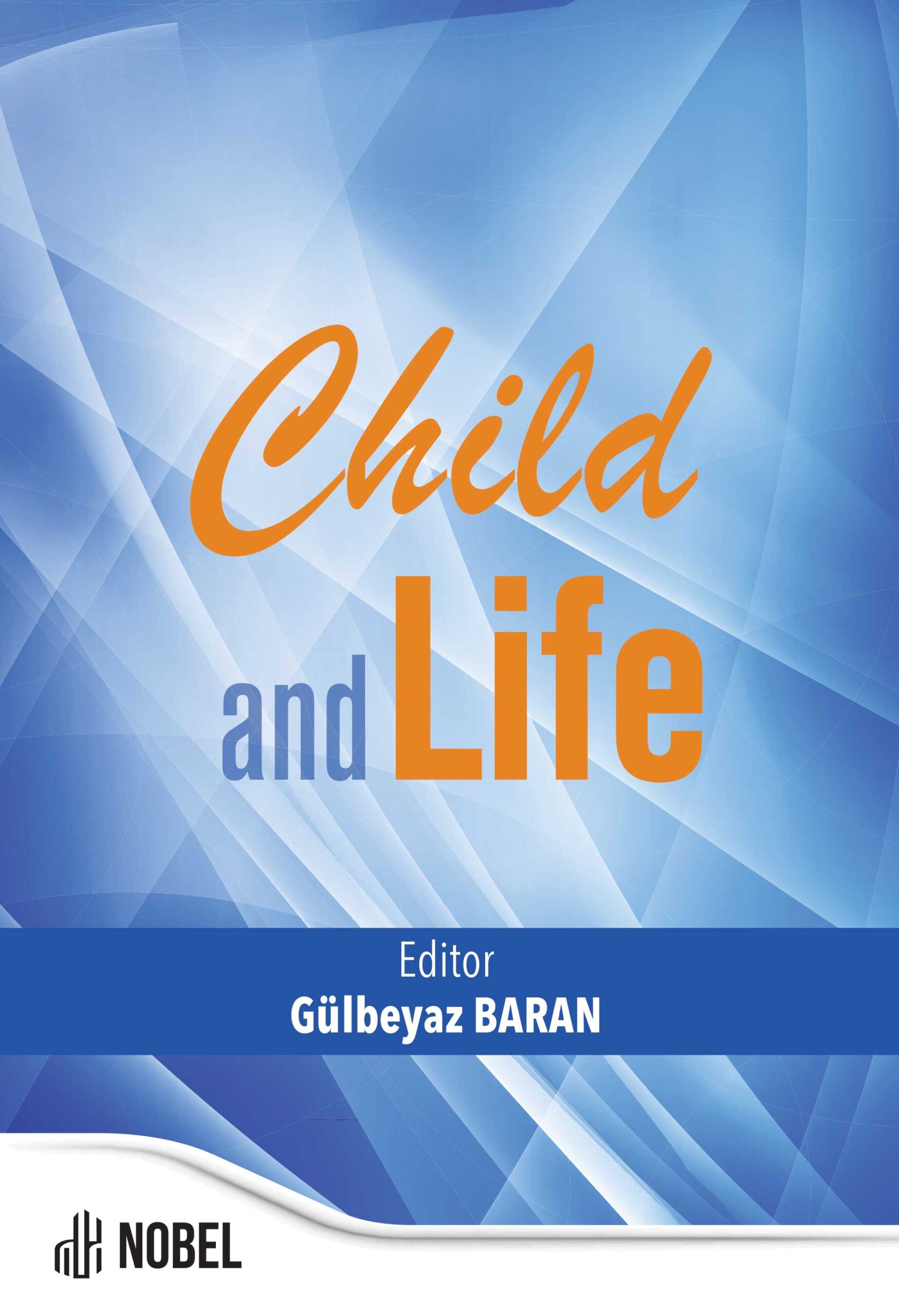Febrile Convusions and Child
Behlul Okusluk (Author)
Release Date: 2024-06-03
Febrile convulsions (FC) are seizures associated with fever and are colloquially known as ""febrile seizures"". FC are seizures not associated with central nervous system pathology that are accompanied by a fever of 100.4°F (38°C) or higher. It is usually seen in children between the ages of 6 months and 5 years. It is divided into [...]
Media Type
Buy from
Price may vary by retailers
| Work Type | Book Chapter |
|---|---|
| Published in | Child and Life |
| First Page | 57 |
| Last Page | 76 |
| DOI | https://doi.org/10.69860/nobel.9786053359272.3 |
| Page Count | 20 |
| Copyright Holder | Nobel Tıp Kitabevleri |
| License | https://nobelpub.com/publish-with-us/copyright-and-licensing |
The cause of FC is not well understood. Genetic predisposition, environmental factors, and sensitization of the developing nervous system to fever are thought to be etiologic factors. The effect of fever on the nervous system may trigger seizures. During a seizure, the child may experience loss of consciousness, convulsions, difficulty breathing, and sometimes urinary incontinence.The diagnosis of FC is based on clinical findings. A detailed neurological examination, family history, and developmental assessment are important. Complex FC may require additional tests such as EEG, neuroimaging, and lumbar puncture. Epilepsy, central nervous system infections, and other neurologic disorders should be excluded in the differential diagnosis of FC. Simple FC resolves spontaneously within a few minutes and usually does not require treatment. Seizures lasting more than five minutes require urgent medical attention. Treatment includes antipyretic and antiepileptic medications. While simple FC does not require intervention, complex FC may require hospitalization. FCs generally have a good prognosis and do not cause neurological problems. After the first seizure, one third of patients will have another seizure. Nurses play an important role in the diagnosis and management of FC. Safe intervention, family education and patient safety should be ensured. Families should be informed about FC and their anxiety should be reduced.
Behlul Okusluk (Author)
Research Assistant, Batman University
https://orcid.org/0009-0003-8024-8240
3Okuşluk works as a research assistant at Batman University. He is currently pursuing his master’s degree at the Department of Pediatric Nursing at Dicle University of Health Sciences (2022-... ).
Agarwal, M., &Fox, SM. (2013). Pediatric seizures. Emerg Med Clin North Am., 1(3):733-754.
Harper, D. (n.d.). Etymology of convulsion. Online Etymology Dictionary. Erişim Adresi: https://www.etymonline.com/word/convulsion Erişim tarihi: 09.05.2024
Harper, D. (n.d.). Etymology of febrile. Online Etymology Dictionary. Erişim Adresi: https://www.etymonline.com/word/febrile Erişim tarihi: 09.05.2024
İnaç Yılmaz, B., &Köse, S. (20220). Febril Konvülziyonlar (FK) ve Hemşirelik Yaklaşımı. Haliç Üniversitesi Sağlık Bilimleri Dergisi, 3(3), 137-143.
Mohammadi, M. (2010). Febrile seizures: four steps algorithmic clinical approach. Iranian journal of pediatrics, 20(1), 5–15.
Mewasingh, L. D. (2008). Febrile seizures. BMJ clinical evidence, 2008, 0324.
National Institutes of Health. (1980). Febrile seizures: consensus development conference summary. Bethesda, MD: National Institutes of Health, 3(2).
Özaydın, E., Yaşar, M.Z., Güven, A., Değerliyurt, A., Vidinlisan, S., &Köse, G. (2011) The Clınıcal Characterıstıcs And Rısk Factors Of 1385 Cases Wıth Febrıle Convulsıon. Turkish J. Pediatr. Dis. 5(1), 11-18.
Smith, D. K., Sadler, K. P., & Benedum, M. (2019). Febrile Seizures: Risks, Evaluation, and Prognosis. American family physician, 99(7), 445–450.
Xixis KL, Samanta D, Smith T, et al. Febrile Seizure. [Updated 2024 Jan 19]. In: StatPearls [Internet]. Treasure Island (FL): StatPearls Publishing; 2024 Jan-. Available from: https://www.ncbi.nlm.nih.gov/books/NBK448123
| onix_3.0::thoth | Thoth ONIX 3.0 |
|---|---|
| onix_3.0::project_muse | Project MUSE ONIX 3.0 |
| onix_3.0::oapen | OAPEN ONIX 3.0 |
| onix_3.0::jstor | JSTOR ONIX 3.0 |
| onix_3.0::google_books | Google Books ONIX 3.0 |
| onix_3.0::overdrive | OverDrive ONIX 3.0 |
| onix_2.1::ebsco_host | EBSCO Host ONIX 2.1 |
| csv::thoth | Thoth CSV |
| json::thoth | Thoth JSON |
| kbart::oclc | OCLC KBART |
| bibtex::thoth | Thoth BibTeX |
| doideposit::crossref | CrossRef DOI deposit |
| onix_2.1::proquest_ebrary | ProQuest Ebrary ONIX 2.1 |
| marc21record::thoth | Thoth MARC 21 Record |
| marc21markup::thoth | Thoth MARC 21 Markup |
| marc21xml::thoth | Thoth MARC 21 XML |

